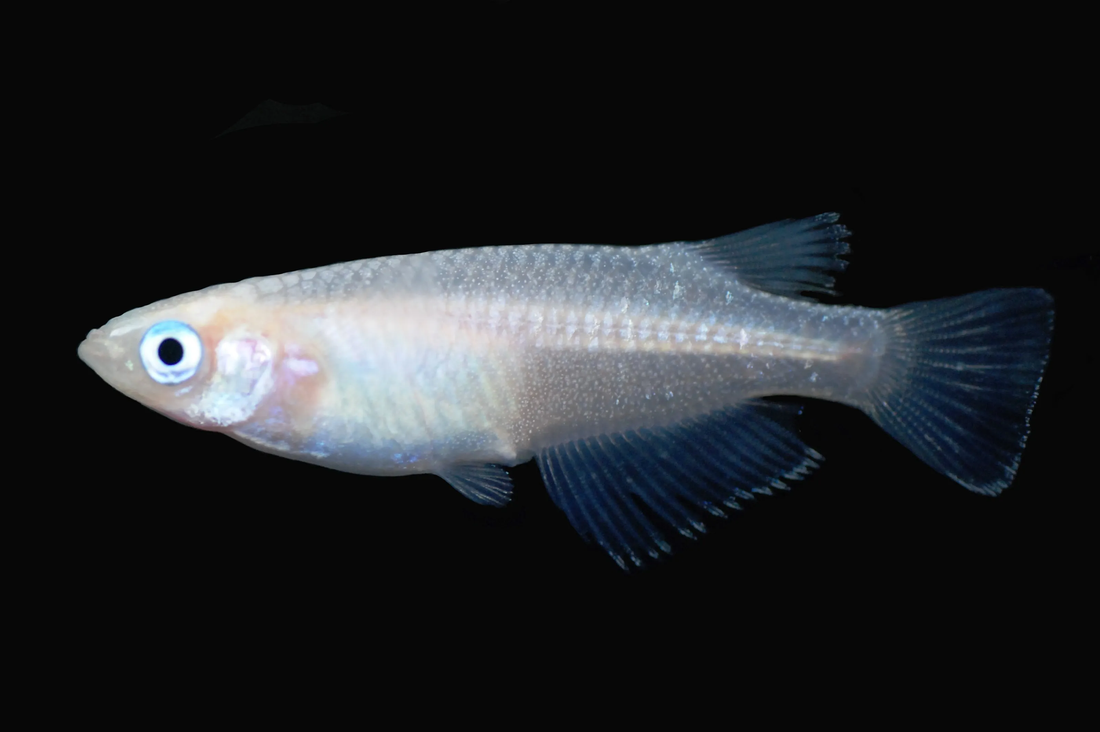The world of medaka fish is full of unique and visually captivating varieties, and one of the most intriguing among them is the Dharma Medaka. Known for its distinct round-bodied shape and calm demeanor, this variant has captured the hearts of medaka collectors and breeders across Japan and beyond. In this post, we’ll take a closer look at the features that set Dharma Medaka apart and how to properly care for them in a home aquarium.
What Makes Dharma Medaka Unique?
Dharma Medaka are instantly recognizable thanks to their round, compact body shape, which gives them a soft, almost cartoonish appearance. This body structure is quite different from the streamlined silhouette of standard medaka varieties and gives Dharma Medaka a gentle, flowing swimming motion.
They are selectively bred for both form and color, and while the rounded body is the main attraction, Dharma Medaka often exhibit rich, solid hues that further emphasize their distinctive build. From warm oranges to deeper reds and silvers, their coloration varies depending on the line but remains consistently bold and eye-catching.
Ideal Habitat and Aquarium Setup
Caring for Dharma Medaka is similar to caring for most medaka varieties, but due to their body shape, a few adjustments help support their comfort and longevity.
-
Tank Size: A small group of 5–7 Dharma Medaka can thrive in a 10–15 gallon tank.
-
Water Temperature: Keep water within a stable range of 20°C to 28°C (68°F to 82°F).
-
Water Parameters: Slightly alkaline water with a pH between 7.0 and 8.0 is ideal. Regular water changes are essential to maintain clarity and prevent stress.
-
Substrate and Plants: Use a soft, dark substrate with plenty of live plants like hornwort, java moss, or floating plants. Their rounded bodies make them slower swimmers, so providing resting spots helps reduce fatigue.
Behavior and Compatibility
Dharma Medaka are peaceful and well-suited for community tanks with other calm species. Their round body makes them slightly slower than other medaka types, so they do best when not competing with faster or more aggressive tank mates.
-
Good Companions: Other medaka, small rasboras, cherry shrimp, and peaceful snails.
-
Avoid: Fast-moving or nippy fish that may stress or outcompete them during feeding.
Feeding and Nutrition
Like all medaka, Dharma Medaka are omnivorous and benefit from a varied diet.
-
Offer high-quality flakes or micro pellets formulated for small tropical fish.
-
Supplement with live or frozen treats like daphnia, mosquito larvae, or baby brine shrimp.
-
Feed once or twice daily, offering only what they can consume in 2–3 minutes to avoid waste.
Breeding Dharma Medaka
Breeding Dharma Medaka can be successful in a calm, well-maintained tank. Their slower movement means spawning might be less vigorous than other varieties, but under the right conditions, they will still breed readily.
-
Use soft spawning mops or fine-leafed plants where females can deposit eggs.
-
Keep the breeding tank clean and monitor eggs for fungus.
-
If raising fry separately, move eggs gently to a hatching container with similar water conditions.
Aquarium Care Tips
-
Avoid sudden changes in water temperature or pH, as Dharma Medaka are slightly more sensitive due to their shape.
-
Ensure plenty of oxygenation and gentle filtration, as strong currents can be challenging for them to navigate.
-
Observe them daily for signs of fatigue or bloating, and adjust feeding accordingly.
Final Thoughts
The Dharma Medaka is a charming and unique addition to any medaka collection. Its round body, graceful swimming style, and gentle presence make it a standout in planted or minimalist aquariums. With the right environment and care, Dharma Medaka will thrive and bring joy to both new and experienced fishkeepers.
Whether you're expanding your medaka family or just starting your journey, the Dharma Medaka is a variety worth discovering.

